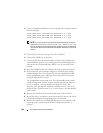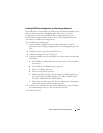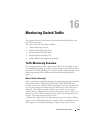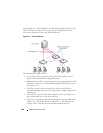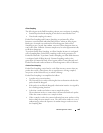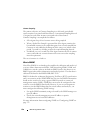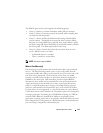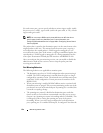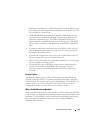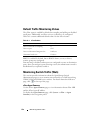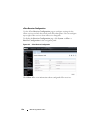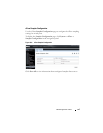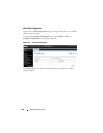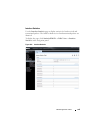
412 Monitoring Switch Traffic
For each source port, you can specify whether to mirror ingress traffic (traffic
the port receives, or RX), egress traffic (traffic the port sends, or TX), or both
ingress and egress traffic.
The packet that is copied to the destination port is in the same format as the
original packet on the wire. This means that if the mirror port is copying a
received packet, the copied packet is VLAN tagged or untagged as it was
received on the source port. If the mirror is copying a transmitted packet, the
copied packet is VLAN tagged or untagged as it is being transmitted on the
source port. Destinations include physical interfaces and RSPAN VLANs.
After you configure the port mirroring session, you can enable or disable the
administrative mode of the session to start or stop the probe port from
receiving mirrored traffic.
Port Mirroring Behaviors
The following behaviors are applicable to monitor ports:
• The destination port loses its VLAN configuration when port mirroring is
enabled. The VLAN configuration is restored when the port is no longer
configured for a monitor session. The mirrored source and the transit ports
retain their VLAN configuration. Transit ports must be members of the
RSPAN VLAN.
• When port mirroring is enabled, all MAC address entries associated with
destination ports are purged. This prevents transmitting packets out of the
port that are not seen on the mirrored port. If spanning tree is enabled, this
is treated as a topology change.
• The spanning tree protocol is disabled on destination ports such that
frames are always received from or transmitted out of the port as soon as
the port is up (spanning tree status is forwarding and role is disabled). This
is analogous to always setting the spanning tree state of the port to
forwarding. When a port is no longer configured to be the destination
port, spanning tree is re-enabled for that port, if configured. Note that the
NOTE: You can create a DiffServ policy class definition or an ACL that mirrors
specific types of traffic to a destination port. For more information, see
"Configuring Differentiated Services" on page 1285 or "Configuring Access Control
Lists" on page 583.



